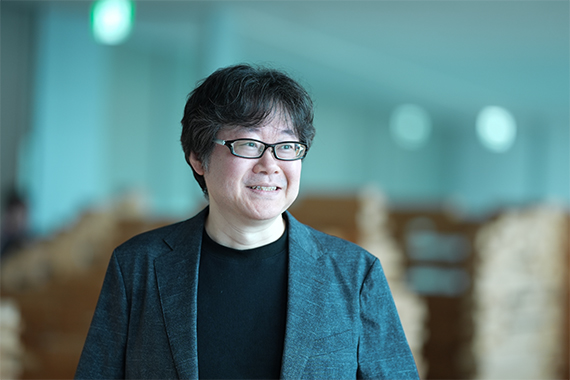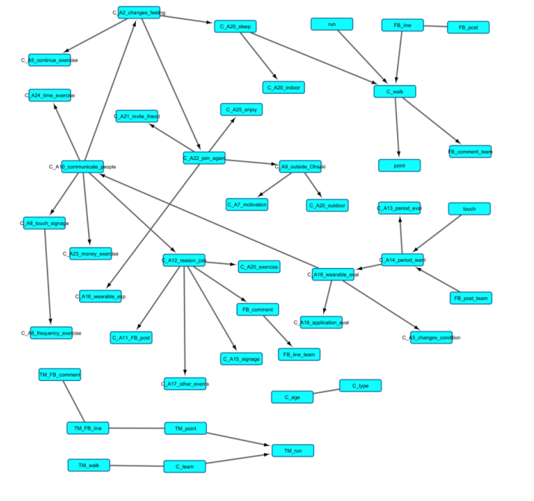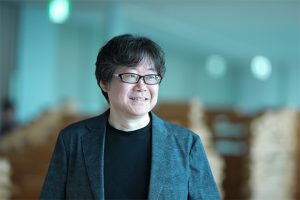磯崎 隆司研究員

利用可能なデータは増加の一途を辿り、人類はかつてない規模のデータを手にすることができるようになりました。地球環境データ、遺伝子発現データ、購買履歴データなど多くの例が挙げられ、こうしたデータ活用の成否が人類の未来に大きな影響を与えるであろうことは想像に難くありません。しかし人類はデータから情報を抽出する十分な術を得たとは言えない状況が続いており、私の興味もここにあります。特に、困難のある典型例のひとつである、依存関係のある多変数のデータを扱い、グラフィカルモデリングや物理学の手法を用いてこの問題を探究しています。
Worldviews
大規模データ解析ツール
Keywords
Selected Publications
Takashi Isozaki and Manabu Kuroki,
Learning Causal Graphs with Latent Confounders in Weak Faithfulness ViolationsNew Generation Computing, | Vol.35, , pages 29-45, , 2017
Masatoshi Funabashi, Peter Hanappe, Takashi Isozaki, AnneMarie Maes, Takahiro Sasaki, Luc Steels and Kaoru Yoshida,
Foundation of CS-DC e-Laboratory: Open Systems Exploration for Ecosystems Leveraging,First Complex Systems Digital Campus World E-Conference 2015, | pages 351-374, , 2017
Takashi Isozaki,
A Robust Causal Discovery Algorithm against Faithfulness ViolationTrans. of the Japanese Society for Artificial Intelligence, | Vol.29, , pages 137-147, , 2014
News & Articles
Practically effective adjustment variable selection in causal inference




